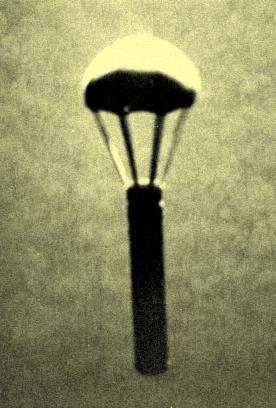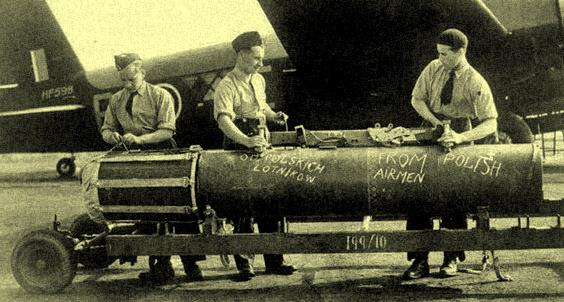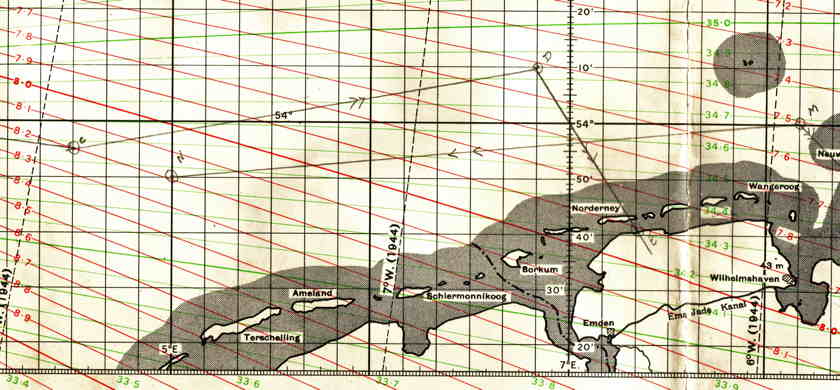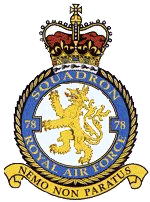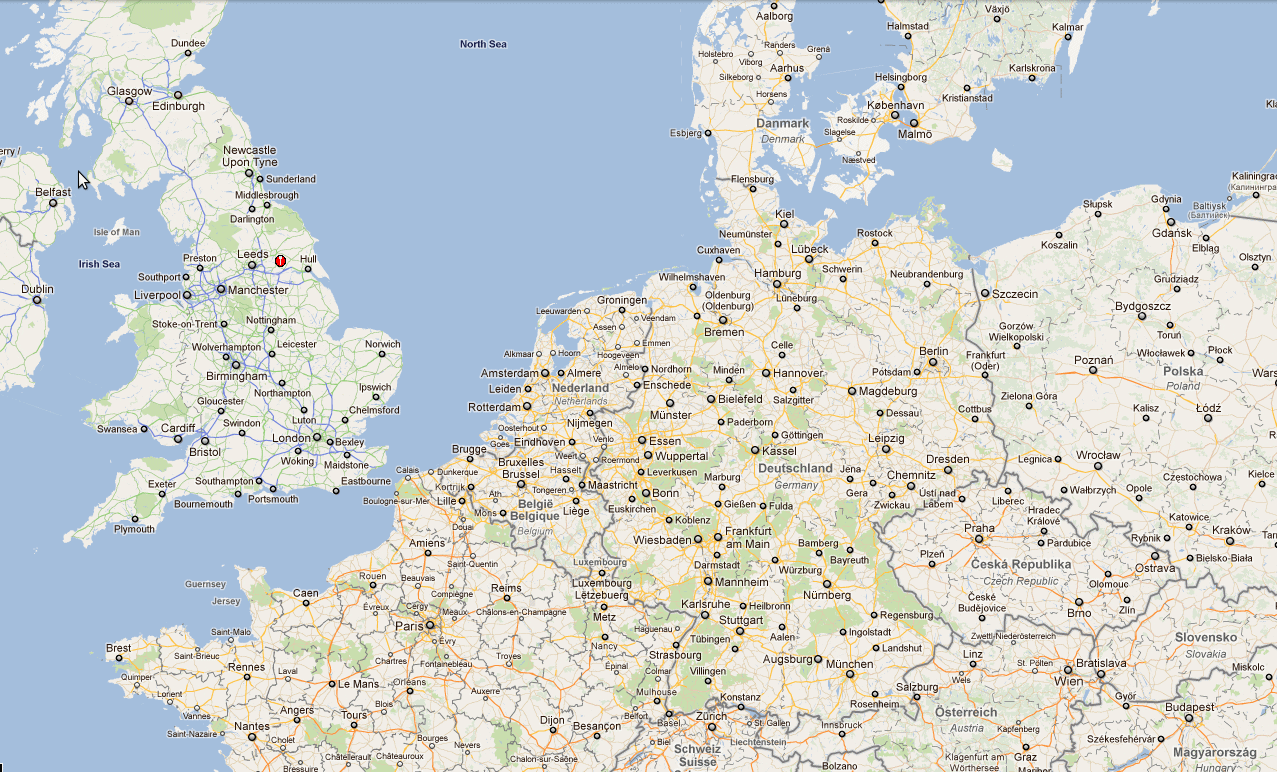
January 1944 |
14th |
This night became the Fifth operation planned for William Uyen.
496 Lancasters and 2 Halifaxes on the first major raid to Brunswick of the war. 38 Lancasters lost, The German running commentary was heard following the progress of the bomber force from a position only 40 miles from the English coast and many German fighters entered the bomber stream soon after the German frontier was crossed near Bremen. The German fighters scored steadily until the Dutch coast was crossed on the return flight. 11 of the lost aircraft were Pathfinders. Brunswick was smaller than Bomber Command's usual targets and this raid was not a success. The city report describes this only as a 'light' raid, with bombs in the south of the city which had only 10 houses destroyed and 14 people killed. Most of the attack fell either in the countryside or in Wolfenbüttel and other small towns and villages well to the south of Brunswick.
82 aircraft - 59 Stirlings, 13 Halifaxes, 10 Mosquitos - attacked flying bomb sites at Ailly, Bonneton and Bristillerie without loss.
11 Mosquitos to Magdeburg and 6 to Berlin, 9 RCM sorties, 2 Serrale patrols, 29 aircraft mine laying off Brest and in the Frisians, 36 OTU sorties. No losses. |
No.78 Squadron |
9 aircraft detailed for operations, Gardening on the west end of Norderney January 15 1944 4 aircraft( JP1..9, LW342, JP129 and JP117 ) planted 'vegetables' as detailed, at 6.000-7.000ft after fix and bearing from the tip of Nordeney Island, but is was so dark that the parachutes were not seen to open. The Halifax LW288 only dropped 1 'vegetable', 1 hanging up. 4 Halifaxes ( JP120, JN972, LW324 and JP118 brought 'vegetables' back owing to failure of H.2.S. Equipment. |
|
All the Halifax’s returned safely to Breighton during this run. |
Handley Page Halifax BII |
JP120 EY-P
|
Returned early |
JP120 EY-P |
F/O Hudson took off with the JP120 with bombaimer William Uyen, at Breighton Air Base at 16:47 hour. 'Vegetables' were returned due to a defect in the H.2.S. equipment. Also enter u/s after 50 E: Gardening area reached. Weather: Visibility Clear. Light haze. Very dark. Returned to Breighton Air Base where they arrived again at 21:13 hour. |
Returned early |
JN972 |
Sgt. Boswell departed Breighton at 4:54 p.m., but the 'Vegetables' were returned due to a failure of the H.2.S. equipment. Back at base at 21:17 hour. |
Returned early |
LW324 |
'Vegetables' were brought back by F/S Broadhurst after taking off from Breighton Air Base at 16:52 hour, the entire route was completed but no naval mines were dropped due to a defect in the H.2.S. equipment. Weather: light haze, but very dark. |
Returned early |
JP118 |
F/S Hrynkiw took off from Breighton Air Base at 4:45 pm for a mine laying action, but the 'Vegetables' were returned due to a defect in the H.2.S. equipment. Weather: light haze, but very dark. |

January 1944 |
15th -- 19th |
No Operations or standby for No.78 Squadron Weather: Cloudy with poor visibility for the rest of the week. |
January 14th 1944 |
Target Nordeney |
Airborn: |
16:47 hour, Breighton Yorkshire. |
Frisians |
No Bombing: |
Failure of H2S equipment and Gee. |
|
Landed: |
21:13 hour, Breighton Yorkshire. |
||
|
|
|
|
Crew JP120 EY-P |
F/O Hudson, H. |
(Capt) |
|
F/O Robertson, W.J. |
(Nav) |
||
P/O Uyen, William |
(Bomb) |
||
Sgt. Monks, H. |
(W/Op) |
||
Sgt. Hillas, J. |
(F/Eng) |
||
|
P/O Lane, Jack |
(RG) |
|
|
Sgt. Morris, J. |
(MU) |
|
